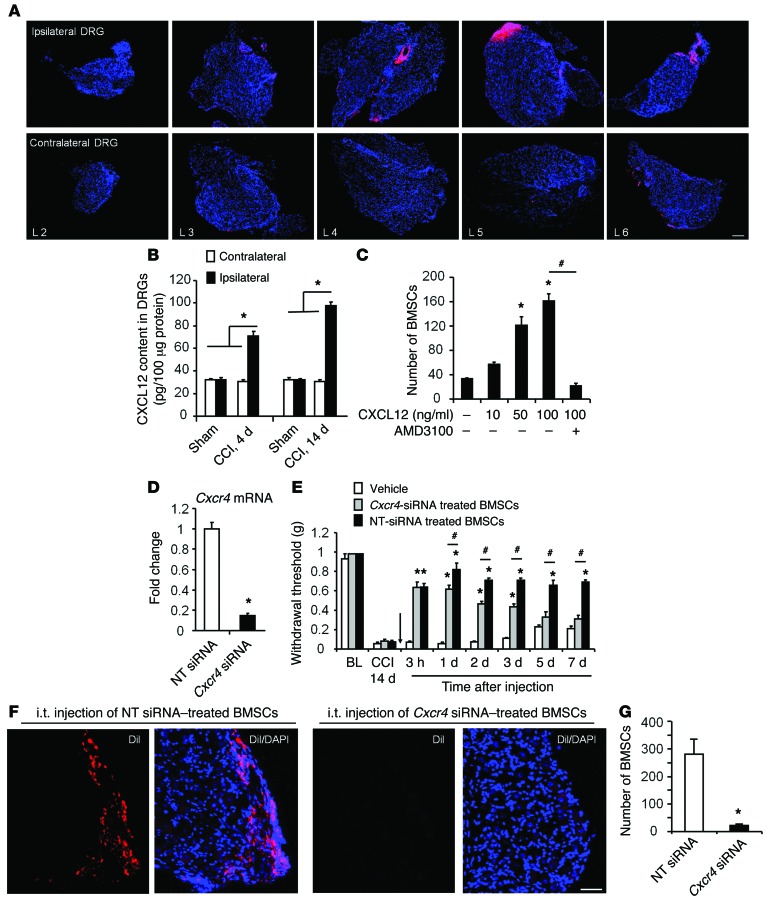Figure 8. CXCL12/CXCR4 axis controls BMSC migration to lumbar DRGs and mediates the antiallodynic effect of BMSCs in CCI mice.
(A) Selective targeting of i.t.-injected BMSCs (CM-Dil labeled) to ipsilateral L4–L6 DRGs 3 days after i.t. injection (day 7 after CCI). Scale bar: 100 μm. Note that there was only limited migration of BMSCs to contralateral DRGs. (B) ELISA analysis showing CXCL12 expression in contralateral and ipsilateral L4–L6 DRGs on days 4 and 14 after CCI. *P < 0.05; n = 4 mice/group. (C) Chemotaxis (Transwell invasion) assay showing the migration of BMSCs in response to CXCL12 (0–100 ng/ml) and the inhibitory effect of the CXCR4 antagonist AMD3100 (5 mg/ml, 30 min). *P < 0.05, compared with the control group (no treatment); #P < 0.05; n = 4 wells from separate cultures. (D) Reduction of Cxcr4 mRNA levels in BMSCs treated with Cxcr4 siRNA (1 μg/ml for 18 h). *P < 0.05; n = 3 separate cultures. (E) Antiallodynic effect of i.t. BMSCs (2.5 × 105 cells) was compromised by pretreatment of BMSCs with Cxcr4 siRNA, but not with nontargeting control siRNA. Arrow indicates BMSC injection on day 14 after CCI. *P < 0.05, compared with the vehicle group; #P < 0.05; n = 5 mice/group. (F) Migration of CM-Dil–labeled BMSCs to ipsilateral L5 DRGs 7 days after i.t. injection (day 21 after CCI). Note that this migration was blocked by Cxcr4 siRNA. Scale bar: 50 μm. (G) Number of CM-Dil–labeled BMSCs in ipsilateral L4–L6 DRGs after the treatment shown in F. *P < 0.05; n = 5 mice/group. Statistical significance was determined by 1-way ANOVA, followed by Bonferroni’s post-hoc test (B and C), 2-way, repeated-measures ANOVA, followed by Bonferroni’s post-hoc test (E), or Student’s t test (D and G). All data are expressed as the mean ± SEM.

